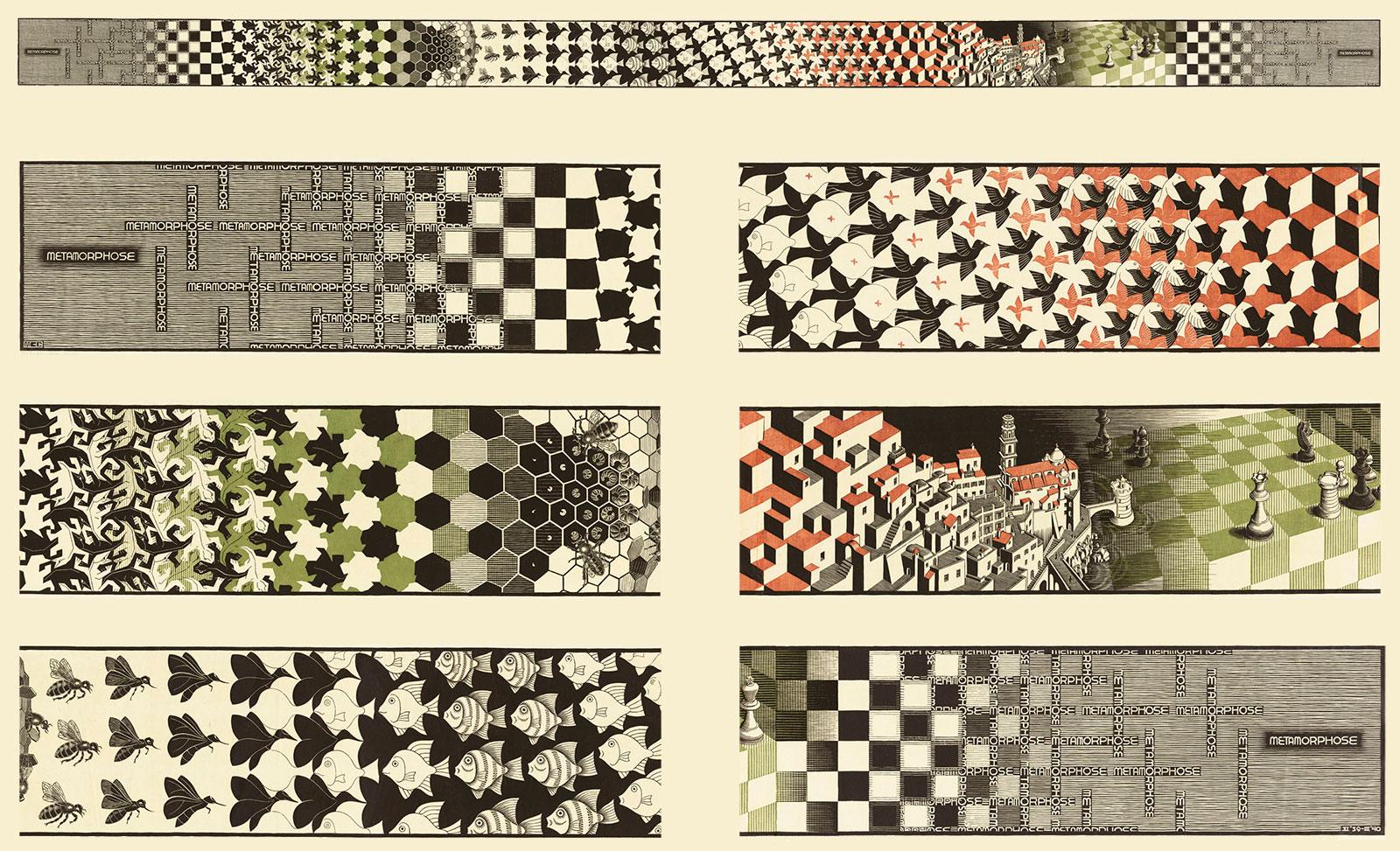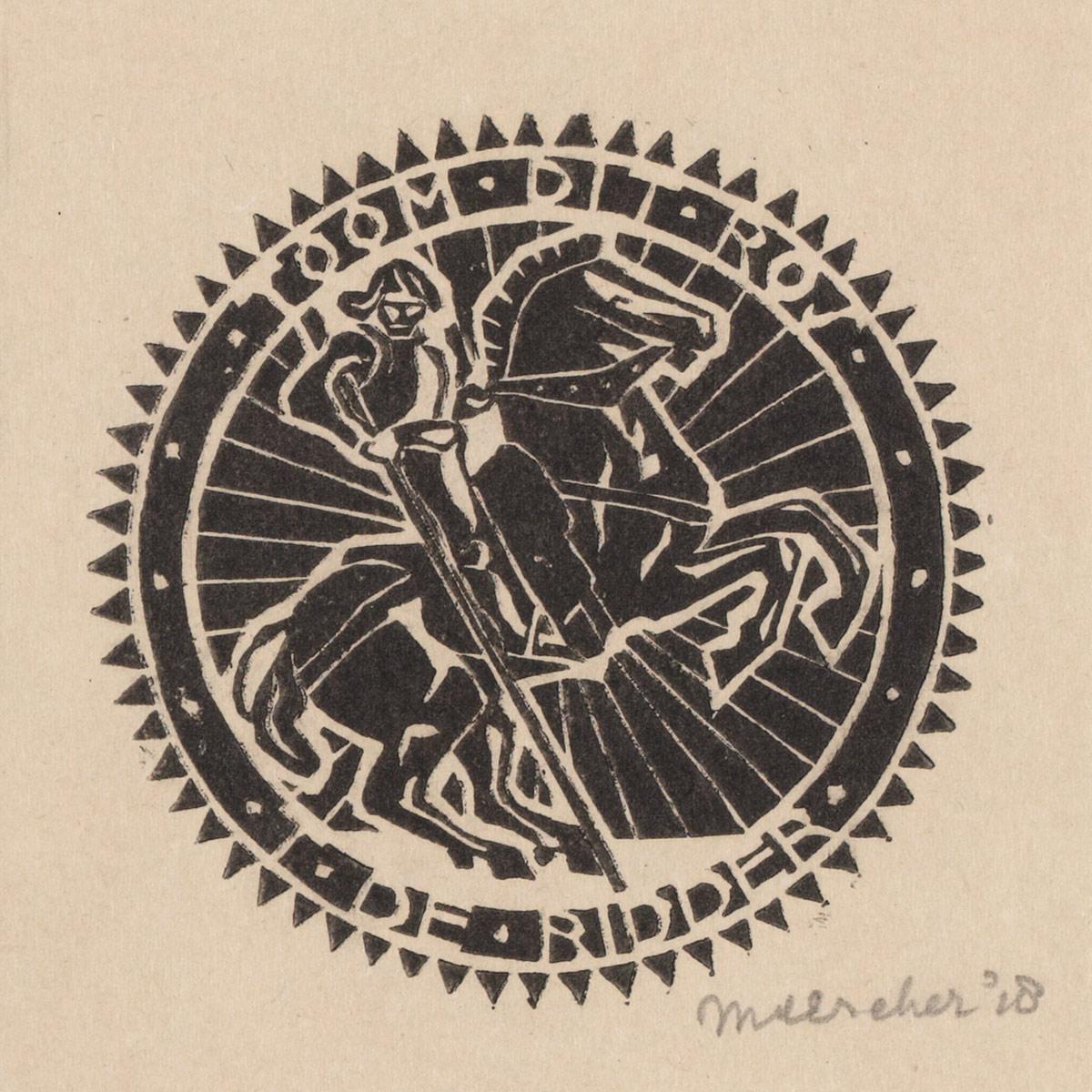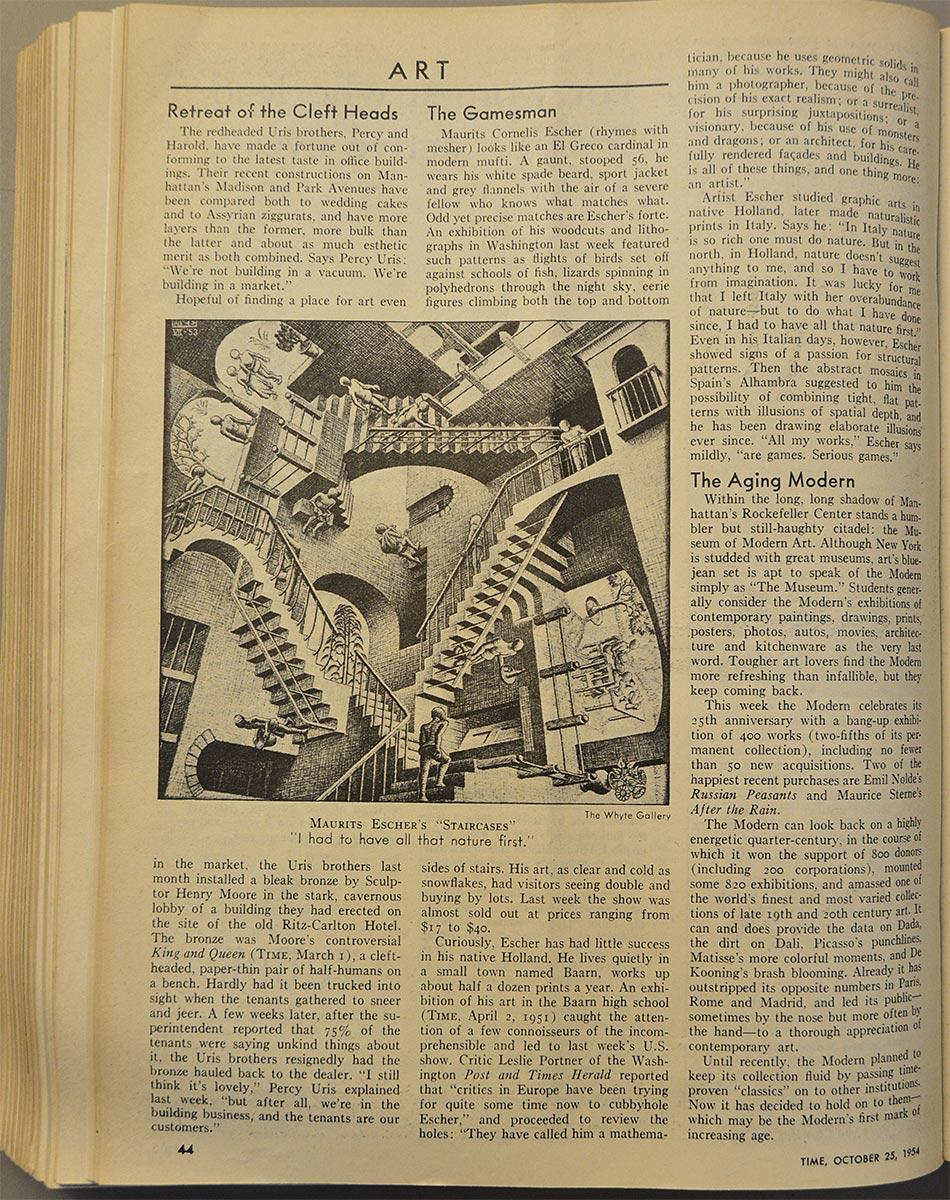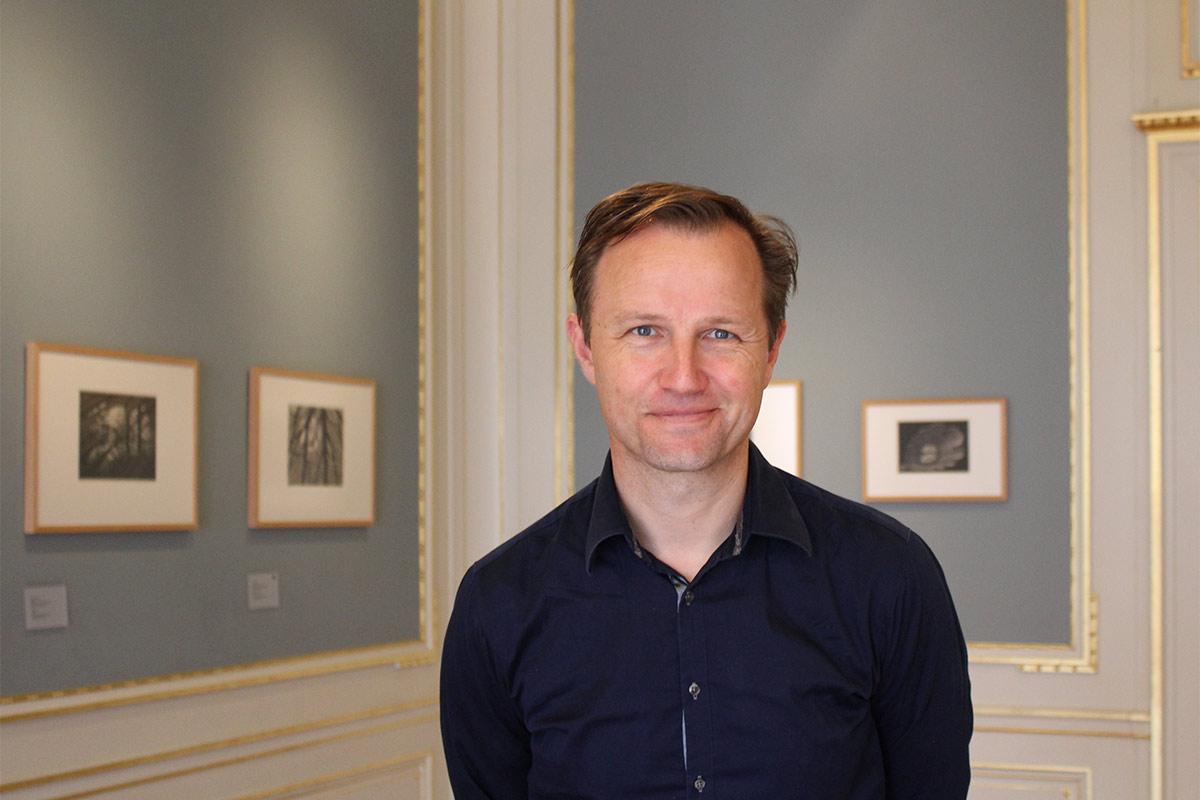

Partly because of his friendship with Bas Kist, Mauk (as he was called in his younger days) Escher started to focus more on his drawing in 1917-18. In Bas he found an equal who took to drawing as much as he did. Together they also went looking for the secrets of the linocut and woodcut. Drawing and graphic arts became more important to them than school.
In November 1917, Mauk sent some of his first linoleum cuts to the renowned painter and graphic artist R.N. Roland Holst (1868-1938)*. He also wrote a letter:
' I am very curious about your judgment because I have wanted to cut wood for a long time and I do not know if I am ready for that. Also, I am not at all aware of the techniques to be used in wood, which are of course much more difficult than those in linoleum. Could you perhaps recommend a book about the technique of woodcarving?'
Roland Holst became interested in Escher and asked him why he wanted to make graphic work. He answered:
‘I often showed the drawing teacher drawings that I made at home, and because I have always liked to draw black and white and in large areas, he advised me to try cutting in linoleum. That's how I came to it. I just use a small knife. You understand it will never become a finely detailed work this way, also due to the soft material into which I am cutting. I use ordinary oil paint for printing and the mangle to press it.'

M.C. Escher, Bookplate T. (Tony) de Ridder, linoleum cut, 1918
This bookplate for T. (Tony) de Ridder is one of the linocuts from this period. Maurits translated the initials into ‘Toom dit ros’ (‘Tame this steed’). It could be a reference to his ambitions to master the printmaking techniques more fully.
Source
[*] Wim Hazeu, M.C. Escher, Een biografie, Meulenhoff, 1998, page 38
More Escher today


